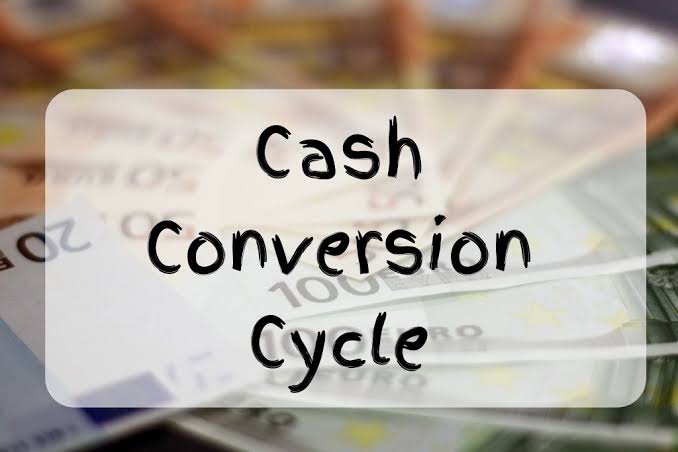Cashing in on Cycles: How to Make Economic Trends Work for You

Understanding economic cycles can turn market fluctuations into opportunities. By grasping the phases of expansion, peak, contraction, and trough, you can make smart investment choices and maximize returns.
Let’s explore how to leverage these cycles to boost your financial success.
Explore how economic cycles impact investment decisions with insights from the specialists connected through NeoProfit Ai.
The Nature of Economic Cycles
Economic cycles are like seasons, constantly changing and repeating. They consist of four main phases: expansion, peak, contraction, and trough.
Each phase affects the economy differently, impacting everything from jobs to investments.
Understanding these cycles can help you make better financial decisions.
During expansion, the economy grows. Businesses thrive, unemployment falls, and consumers spend more.
This phase is generally good for investments. At the peak, the economy hits its highest point. Growth slows, and prices can get too high.
This is when caution is needed, as the economy might be overheating.
Contraction follows, with the economy shrinking. Businesses may cut back, unemployment rises, and spending decreases.
This phase can be tough, but it also brings opportunities for those ready to invest wisely. The trough is the lowest point, where the economy starts to recover.
This phase signals new opportunities as the cycle prepares to expand again.
Recognizing these phases helps investors plan. During expansion, growth stocks can be profitable. At the peak, shifting to defensive stocks might protect your gains.
In contraction, safe havens like bonds can offer security. At the trough, it’s time to buy undervalued assets.
Keeping an eye on economic indicators, like GDP growth rates, inflation, and employment figures, can help you anticipate these phases. Knowing where we are in the cycle enables smarter investment strategies, ensuring you make the most of each economic season.
Phases of Economic Cycles: Expansion, Peak, Contraction, and Trough
Understanding the phases of economic cycles is crucial for investors. Each phase presents unique opportunities and risks. Let’s break down each phase:
Expansion: This phase is characterized by economic growth. Businesses expand, jobs increase, and consumer spending rises. Investors typically see stock prices go up. This is a good time for investing in growth stocks and taking advantage of the rising market.
Peak: At the peak, the economy is at its highest point. However, growth slows down. Prices may become inflated, and market speculation can be high. It’s wise to shift towards defensive stocks that can weather any downturns.
Contraction: In this phase, the economy starts to decline. Businesses may cut back, unemployment rises, and consumer spending falls. Safe havens like bonds and value stocks become attractive. This is also a time to look for undervalued investments that others might overlook.
Trough: The lowest point of the cycle, where recovery begins. Economic indicators start to improve. This phase offers great opportunities for buying undervalued assets and preparing for the next expansion.
Indicators of Economic Cycles: Recognizing the Signs
Recognizing the signs of economic cycles can guide your investment decisions.
Key indicators include:
Gross Domestic Product (GDP): GDP growth signals expansion. Declines may indicate contraction.
Unemployment Rate: Rising unemployment can signal an economic downturn. Low unemployment often coincides with expansion.
Inflation Rates: Moderate inflation is normal during expansion. High inflation may precede a peak, while deflation can indicate contraction.
Interest Rates: Central banks raise rates to cool down an overheated economy and lower them to stimulate growth during contractions.
Consumer Confidence: High confidence often signals expansion as people are more likely to spend. Low confidence can indicate contraction as people save more and spend less.
Investment Strategies for Different Phases
Investing strategies should adapt to each phase of the economic cycle. Let’s explore how to align your investments with these phases:
Capitalizing on Expansion: Growth Stocks and High-Yield Investments
During the expansion phase, the economy is growing. This is a prime time for growth stocks and high-yield investments.
Companies expand, profits increase, and stock prices generally rise. Look for sectors like technology and consumer goods that benefit from increased spending.
Growth stocks, though sometimes volatile, can offer substantial returns during this phase. High-yield investments like real estate and dividend stocks can also be lucrative.
The key is to research and select companies with strong potential for growth.
Maximizing Returns at the Peak: Defensive Stocks and Asset Diversification
When the economy reaches its peak, growth slows. This is the time to be cautious. Defensive stocks, like utilities and healthcare, can provide stability. These sectors tend to perform well even when the economy slows down.
Asset diversification becomes crucial. By spreading investments across different asset classes, you can reduce risk. Diversifying into bonds or commodities can also help protect your portfolio from potential downturns.
Navigating Contraction: Safe Havens and Value Investing
Contraction phases can be challenging, but they also present opportunities. Safe-haven assets like gold and government bonds offer security. These investments tend to retain value even when the market declines.
Value investing is another strategy during contraction. Look for quality companies with strong fundamentals that are undervalued due to market conditions. Buying these stocks at a lower price can yield significant returns when the market recovers.
Rebounding at the Trough: Opportunistic Buying and Long-Term Planning
The trough phase is where recovery begins. This is a great time for opportunistic buying. Look for undervalued assets and invest in them. This phase requires patience and a long-term perspective.
Planning for the long term is essential. Focus on building a diversified portfolio that can withstand future cycles. Keep an eye on economic indicators to identify the beginning of the next expansion phase.
Conclusion
Mastering economic cycles can transform your investment strategy. By recognizing each phase and adapting your approach, you can capitalize on market movements and secure long-term growth.
Stay informed, seek expert advice, and watch your investments thrive through every economic season.





